71 FRAGMENTS OF A CHRONOLOGY OF CHANCE Deciphered
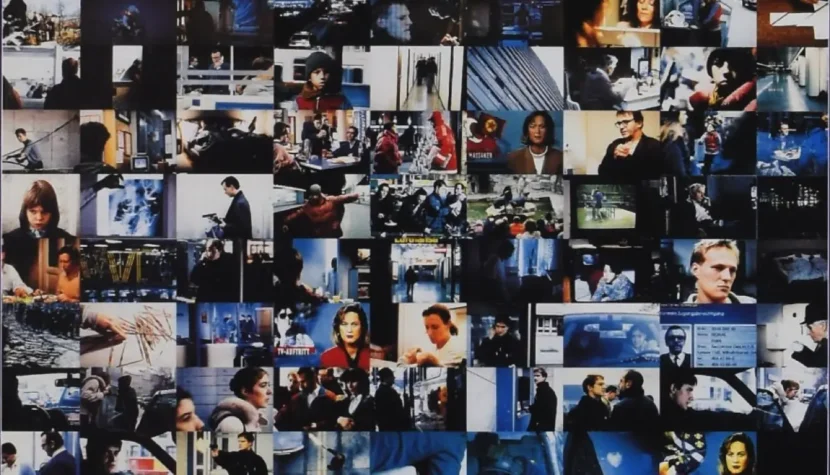
Like in the previous two films—The Seventh Continent and Benny’s Video—Haneke explores violence, which, in his view, stems from the disintegration of human relationships and the omnipresence of television.
To better understand and interpret 71 Fragments of a Chronology of Chance, one must first look at the film in the context of Michael Haneke’s entire body of work. This Austrian director frequently addresses the theme of violence—both psychological and physical—which is present in almost every one of his films. In the first part of the Ice Age trilogy, Haneke depicted the life of a three-member family that decides to commit suicide. However, they do not do this in any spectacular way; the viewer watches rather methodical, calculated preparations involving the disposal of all their possessions. The characters destroy all their material goods and then take their own lives. All of this is shown in a cold, repulsive manner, yet it still captures the viewer’s attention. Similarly, in Benny’s Video, Haneke tells the story of a boy who murders a girl under the influence of television and adult films he watches. The shocking aspect is not only the act itself, committed with an animal slaughter device, but also the reaction of the boy’s parents. They view it as a problem to be gotten rid of so it doesn’t negatively impact the child’s future. Another quintessential example from Haneke’s work is Funny Games, where the filmmaker once again blames media and American culture for the violence present in human life. However, he mainly accuses the viewer—by playing on their habits and expectations, he questions why people watch such gruesome scenes and whether it makes them satisfied with themselves.

Another important film by Haneke is Code Unknown, for which 71 Fragments of a Chronology of Chance serves as a sort of prelude. In both works, the director employs a mosaic narrative to present the same thesis—that living in the modern world makes us increasingly alien to one another, and a growing indifference to others’ suffering ultimately leads to tragedy. This is not the place to discuss the entirety of Haneke’s work, but it seems that without this brief overview of at least some of his films, an interpretation of 71 Fragments would be incomplete.
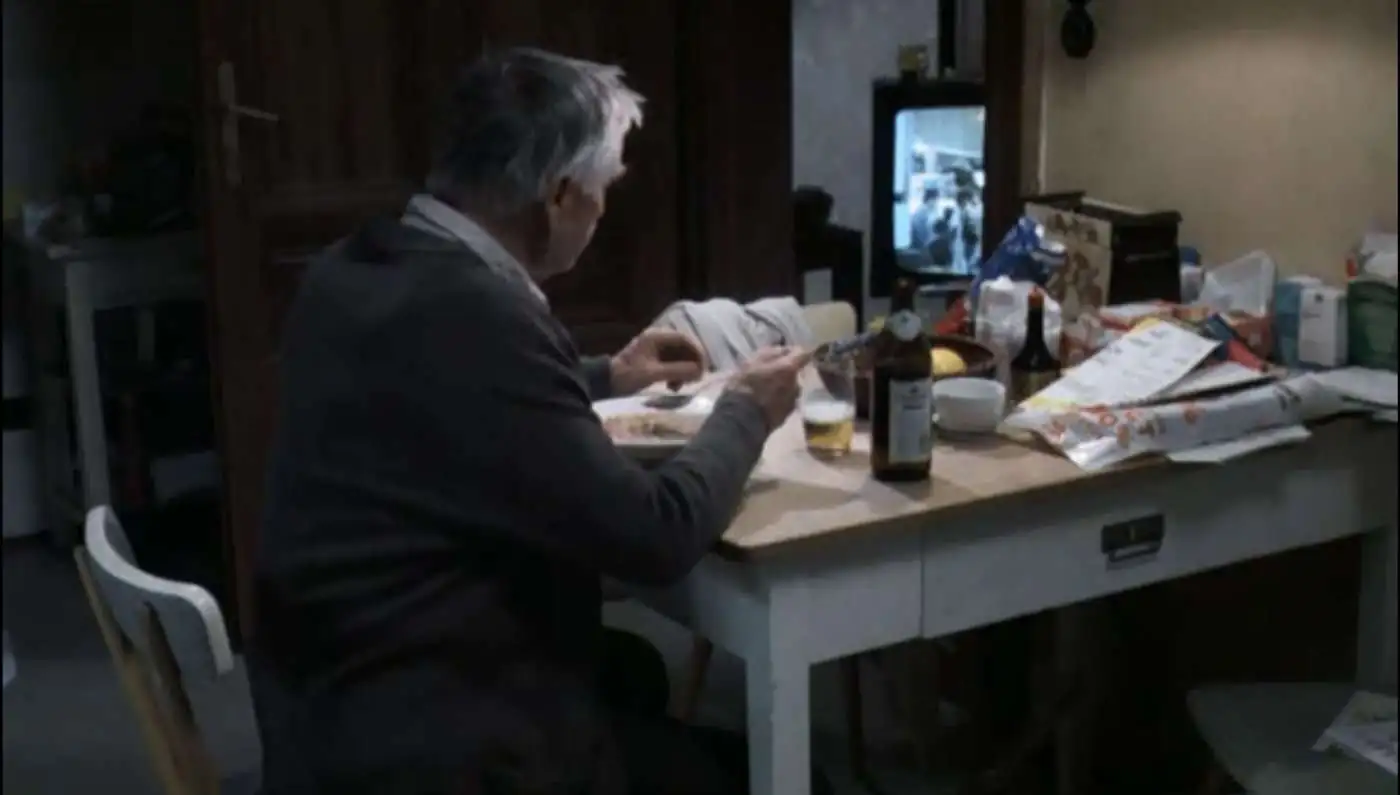
It is also essential to recognize where Michael Haneke draws inspiration for his films. One of his favorite and most esteemed creators is Michelangelo Antonioni. Like the Italian filmmaker, the Austrian director deals with themes of the spiritual costs of living in the modern world, increasing loneliness, and the inability to communicate with others. Antonioni had his “trilogy of loneliness,” consisting of L’Avventura, La Notte, and L’Eclisse, while Haneke has the Ice Age Trilogy, the earlier parts of which were discussed before. In La Notte, Antonioni portrayed the gradual breakdown of a marriage, while in L’Eclisse, a seemingly sincere relationship between the protagonists turns out to be less strong than initially thought. Love is not a factor that brings people closer together or makes them unwilling to part.
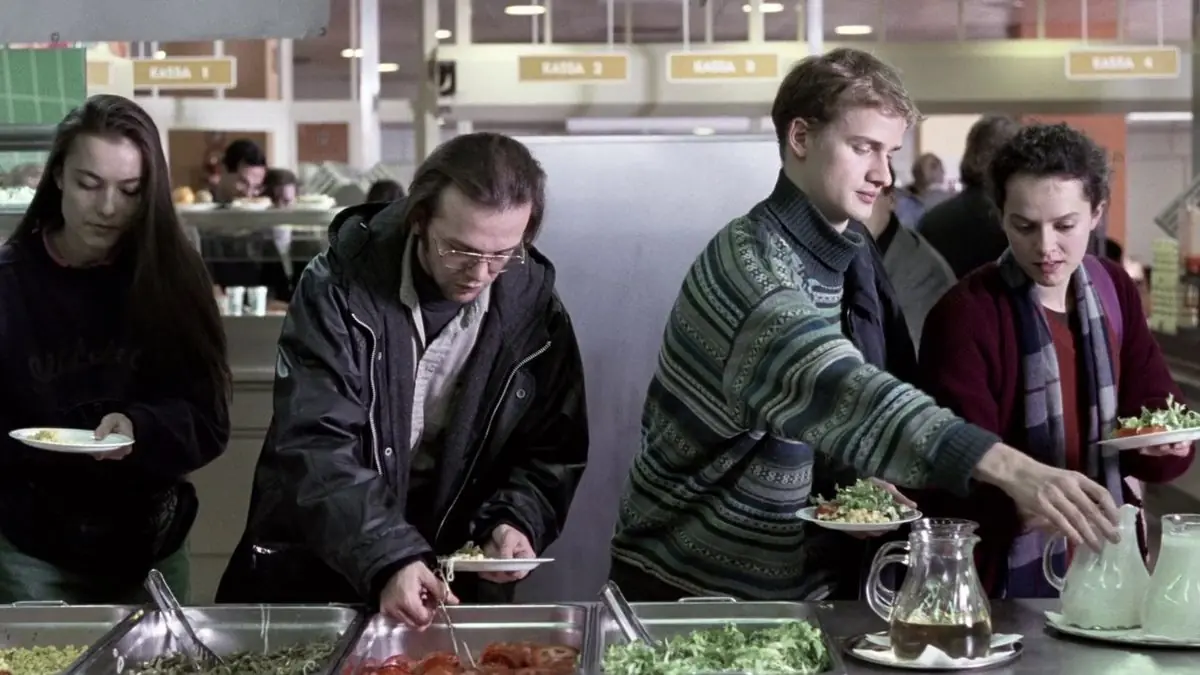
Similar conclusions can be drawn from Michael Haneke’s films. Another important fact influencing Haneke and the reception of his work is that he studied philosophy at the University of Vienna. His films show inspiration from existentialist Karl Jaspers, who argued that in the modern world, one cannot fully understand another person. This means that we cannot comprehend others, which in turn creates a distance between us. When material objects—often the purpose of human life—are added to this, one becomes lonely and isolated from the rest of society. All these themes find their place in 71 Fragments of a Chronology of Chance.
Short scenes depict a few days in the lives of different people. Among them is a young boy who not only ran away from home but also from his native country and ended up in Austria. He lives on the streets, scavenging for food in dumpsters, and to survive, he often steals. Even though he walks the streets, no one really notices him—to most passersby, he is an almost invisible element of reality, treated as air. Those who do happen to notice him treat him as a “subhuman,” undeserving of any help, only contempt and harsh words. His situation is best illustrated in a scene where the boy enviously watches a dog being cared for in a park—the animal receives more love and attention from its owners than the lonely child. Eventually, a couple takes him in, but it would be difficult to say that this is a truly good deed.
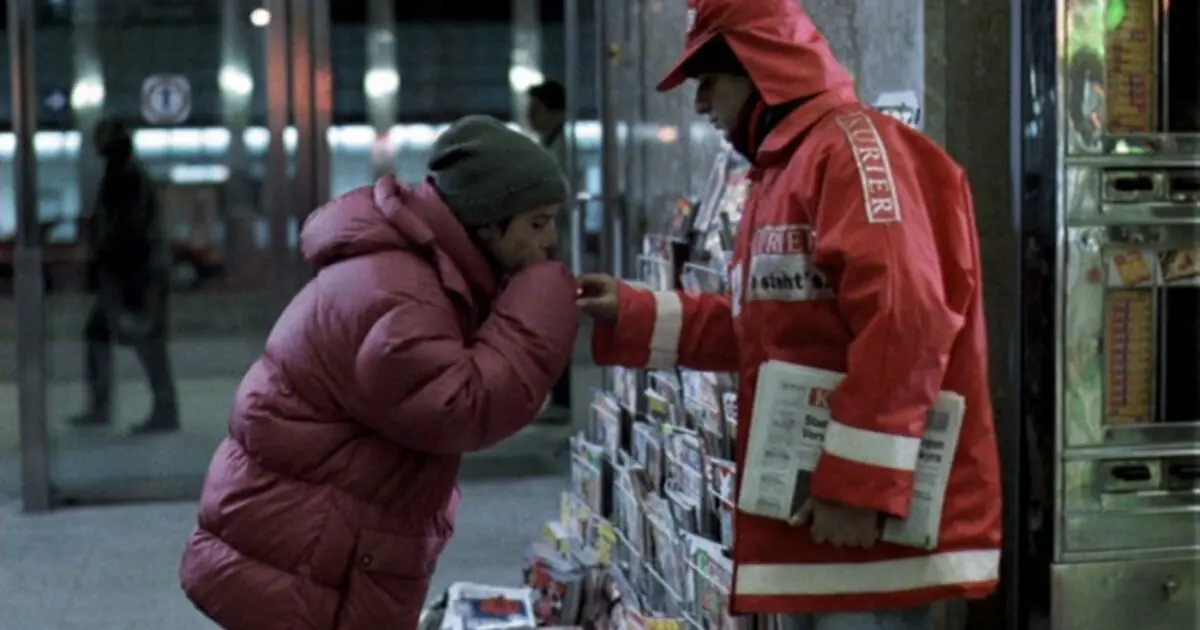
Firstly, the couple had previously tried to adopt a girl from an orphanage. However, the child proved too problematic, refusing to conform, so she was eventually returned. The new caregivers treated her not as a living being but as an object that can be discarded or replaced if it has defects. Secondly, the couple became interested in the little immigrant only because they saw him telling his story on television. They figured that since the boy had nothing—not even a place in an orphanage—he would be easier to mold to their expectations. After taking him in, they decided to take him on an expensive vacation, in a sense, buying his attachment. It didn’t occur to them (or they were unable) that if they offered him genuine care and a sense of security, the outcome might have been significantly better.
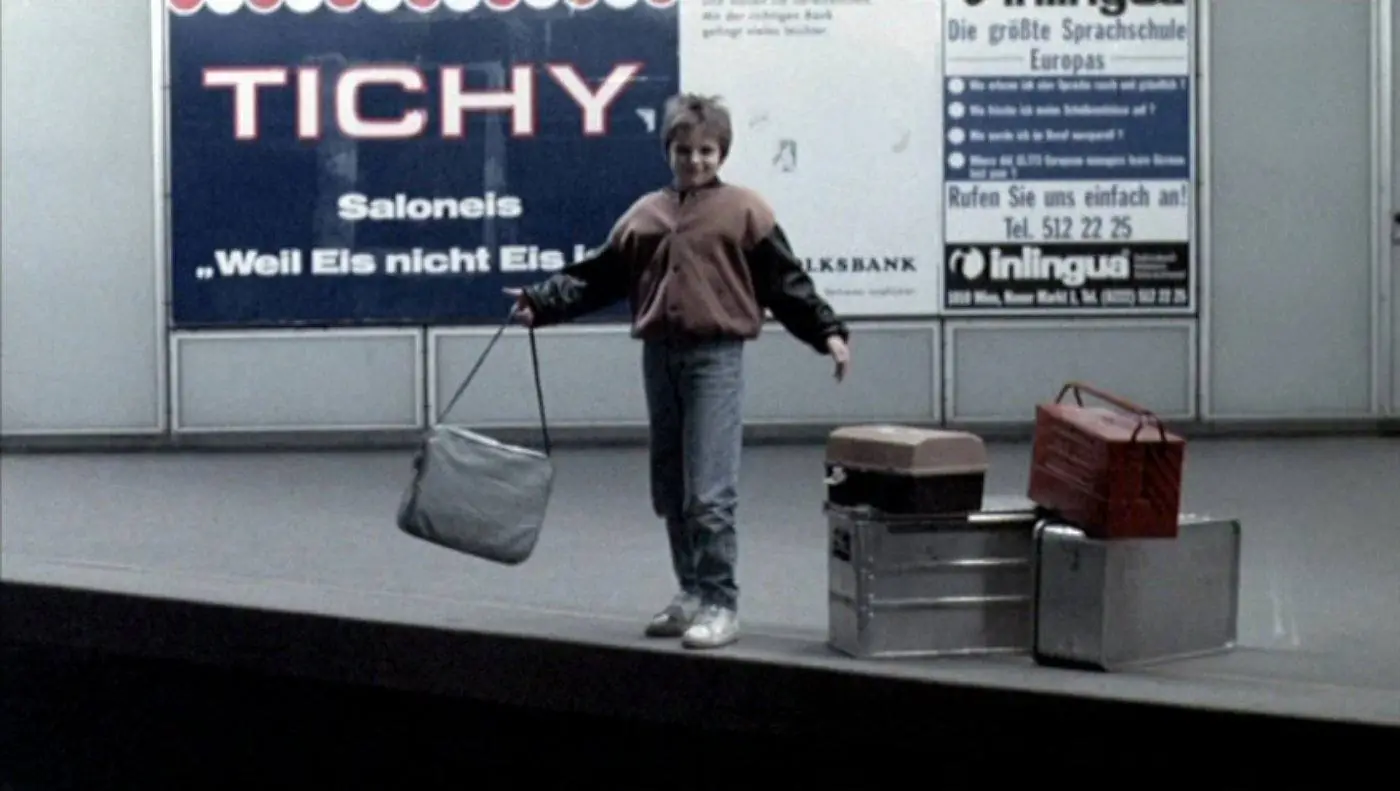
This is evident in one of the early scenes where a bank employee is very kind to an elderly man. She not only greets him with “good morning” and smiles but also asks how he is feeling. However, moments later, the viewer learns that this is simply her father, so this behavior is exceptional—other customers are not treated as well. Moreover, even with her father, contrary to appearances, she does not have a healthy relationship. In a later scene, their telephone conversation is shown, during which they mainly argue and shout at each other.
Another example of the illusory closeness between people is the dinner of a married couple. At one point, the man says “I love you,” which elicits an unusual reaction from his wife. Instead of being happy and reciprocating, she yells at him, questioning why he says such things during a meal. She then accuses him of having ulterior motives, suggesting that he wants something in return for the declaration. The conversation turns into a quarrel, during which the man slaps his wife. Everything indicates—as other scenes involving these characters also show—that this marriage is not happy. The feeling that once connected them has long since faded, and the relationship endures only through habit or fear of complete loneliness.

Michael Haneke is also known for provoking the viewer and using their expectations to his advantage. This was the case in Benny’s Video, where the murder scene was deliberately shown in a way that left the audience feeling disappointed. The camera was positioned in such a way that only part of the room was visible, leaving the act to be inferred through sound effects. Haneke engaged in a similar game in Funny Games, where he not only played with the narrative but also prevented the audience from identifying with the victims. Similar techniques can be observed in 71 Fragments of a Chronology of Chance.
Upon receiving this information, the viewer expects the entire film to be about this event—to show the causes, preparations, and the exact, most emotional, course of the incident. Haneke knows exactly what the viewer expects and does not deliver it. The bank tragedy is indeed the climactic scene, but it lasts only a few minutes, and the audience receives nothing of what they are used to. Most notably, this scene lacks blood, and the victims are not shown. The viewer sees only the young man entering the building, firing several random shots, returning to his car, and killing himself. This, too, is not shown—only the sound of the gun is heard.
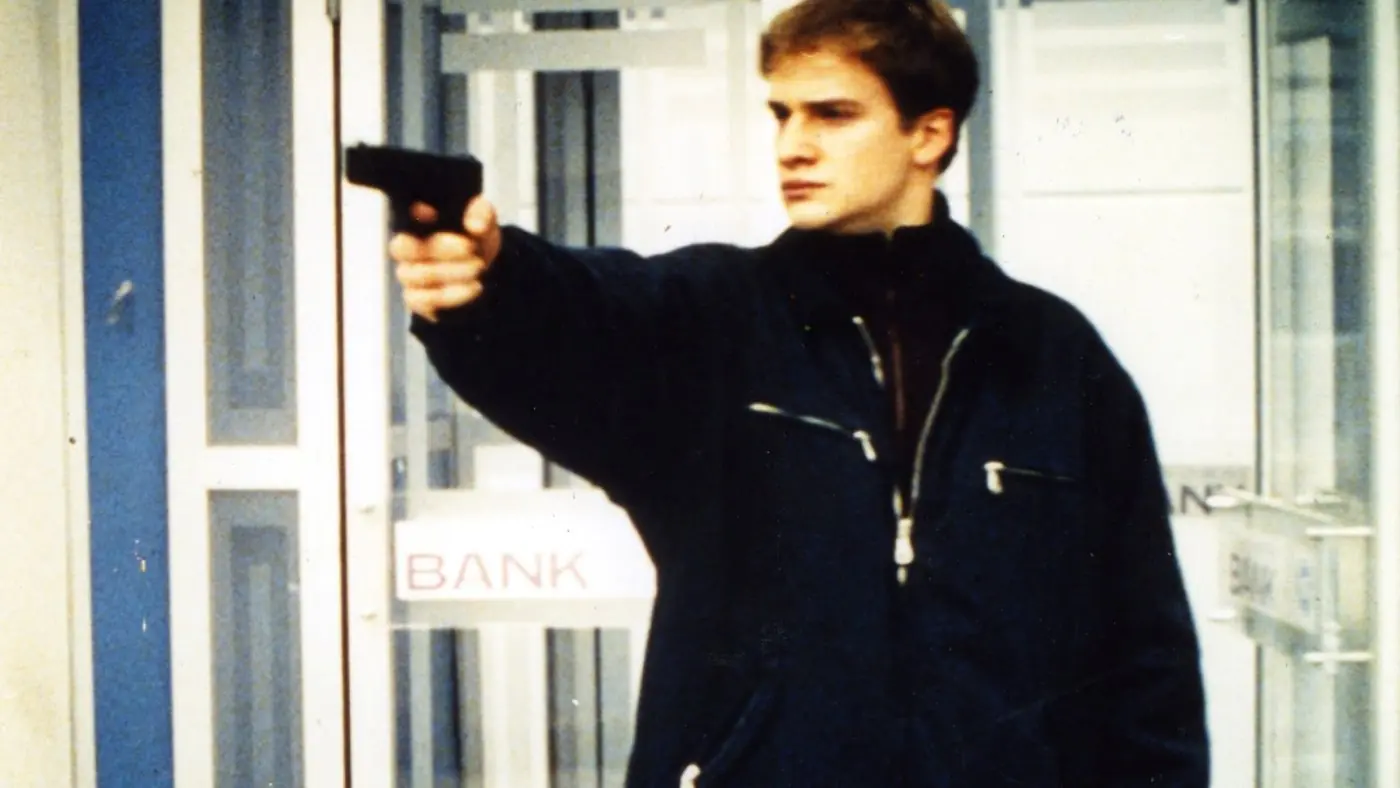
What exactly caused this behavior? It is impossible to say for sure. It seems to be the culmination of all the negative attitudes and behaviors seen throughout the film (even though most of the characters had no interaction with each other). Before the incident, the student tried to refuel his car. The gas station didn’t accept checks, the ATM was broken, and in the bank, no one would let him cut in line, and he was even beaten by one of the bank’s customers. This event encapsulates everything we’ve seen so far—a lack of kindness, empathy, and treating others as enemies. Haneke demonstrates where such behaviors can lead. In a fit of anger, the young man decided to take revenge on everyone around him. Perhaps if anyone had shown him ordinary human kindness, the tragedy could have been avoided.
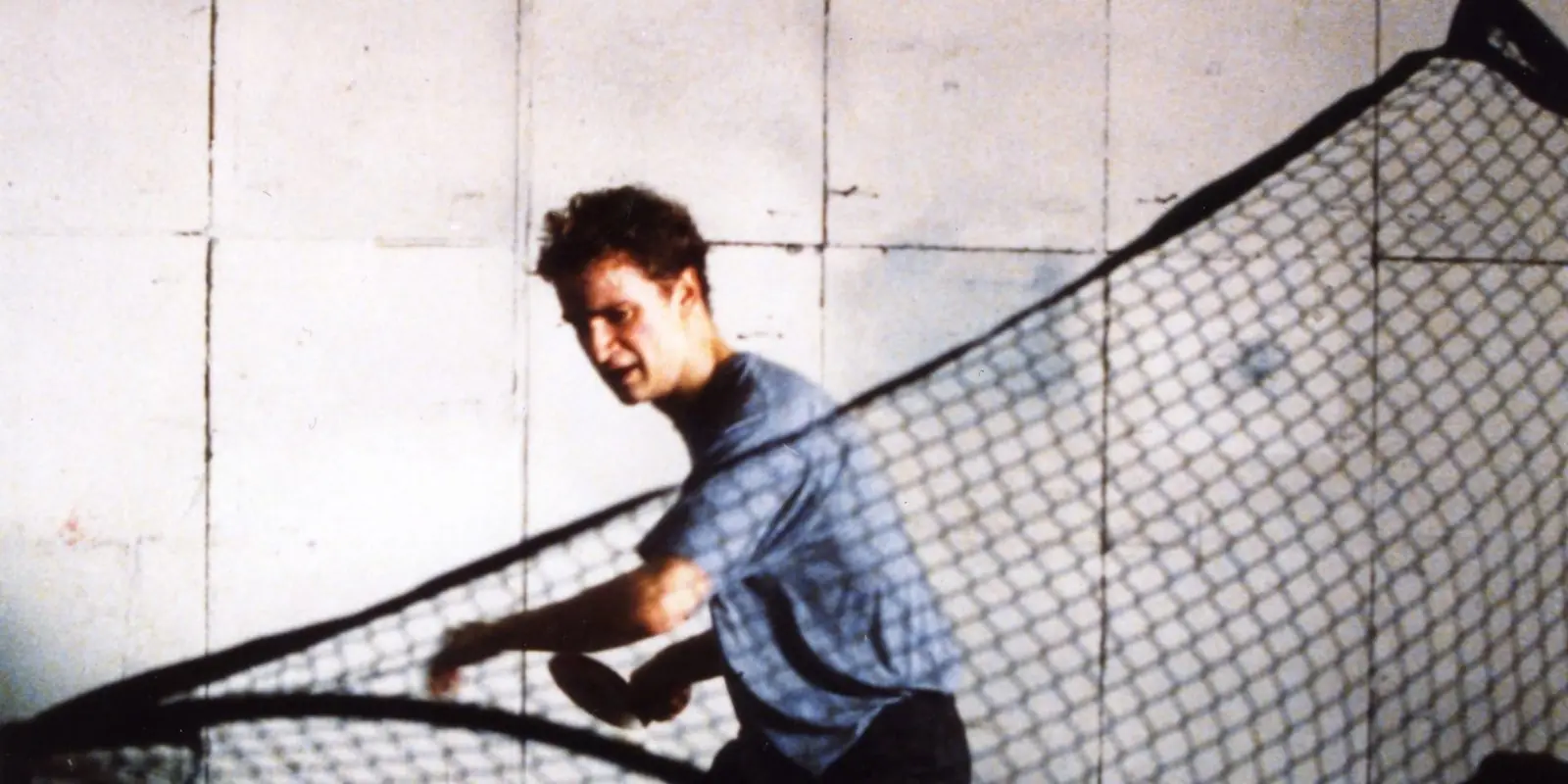
Haneke does not explicitly explain what drove the student to commit such a tragic act. In my opinion, a crucial scene for understanding both this character and the entire film is the one where the young man is practicing ping-pong. This over four-minute-long segment features a static shot in which the youth furiously hits balls launched by a machine. This can be interpreted not only as an attempt to perfect himself but, more importantly, as a struggle with himself. The protagonist has no opponent; he plays alone, growing increasingly frustrated by his isolation. The rage and intensity with which he engages in this activity are evident. The scene can also be seen as a depiction of the individual’s battle against the system (in the context of the entire film—capitalism and consumerism) and machines. After all, it is the latter that often deepen human loneliness and insecurity, essentially controlling his life.
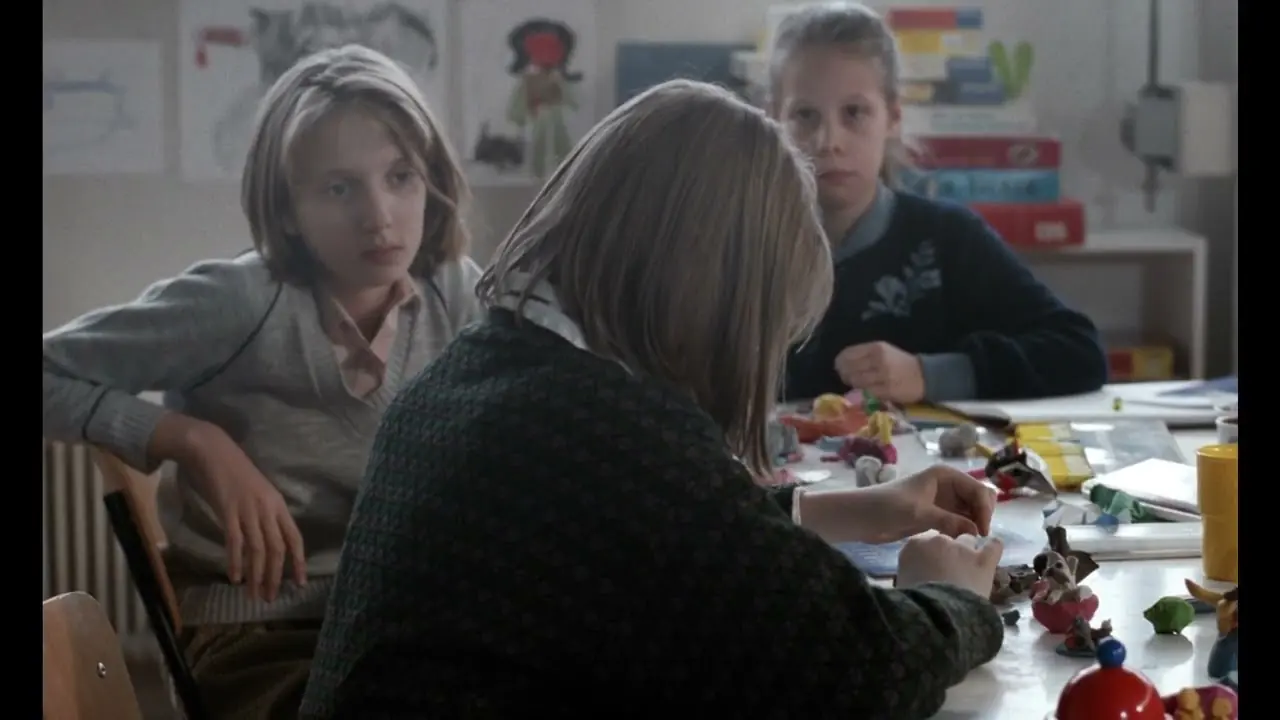
It accompanies people in every, even the most trivial, activity—like preparing food, cleaning, etc. Even when leaving the house, the television is the last thing turned off, right before closing the door. Of course, the content that flows to people through it is equally important. And it is mostly information about tragic events happening around the world. The news delivers reports about wars, murders, thefts, and even genocide. Mixed in are reports about celebrities, such as Michael Jackson. In this way—though not for the first or last time, as seen in Benny’s Video and Funny Games—Haneke blames pop culture, particularly American pop culture, for the prevalence of violence in society. It is also significant that no one tries to censor the content in any way. Anyone, even the youngest viewer, can see dead or injured people, blood, and destruction on television. There is no warning that the material might be too graphic. The rest of the programs, on the other hand, deal with trivial matters, presented in a shallow manner without delving into the topic. This does not bother the viewers, who still follow everything happening on the screen, absorbing knowledge that is unnecessary to them.

Towards the end of the film, the evening news reports on the aforementioned student who killed three people in the bank. The report is delivered coldly, without emotion—the reporter describes what happened but does so rather briefly, knowing that the images being shown will have a much greater impact. For instance, the sight of a coffin being placed into a vehicle. At the very end, the journalist asks a passerby why, in their opinion, this tragedy occurred. The person responds that they don’t know, that they don’t understand it. However, it seems that Michael Haneke, not only in 71 Fragments of a Chronology of Chance but also in many of his other works, has found the answer to this important question.
Written by Jedrzej Dudkiewicz

